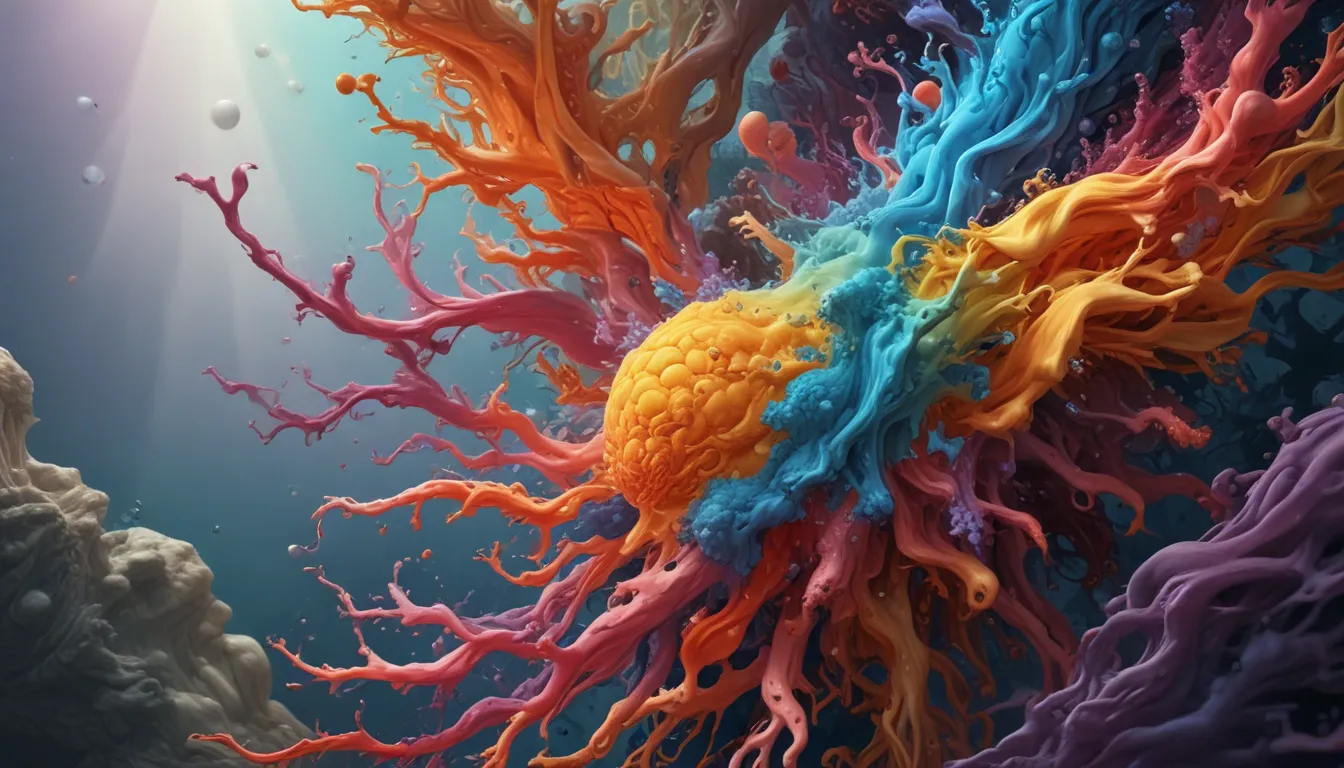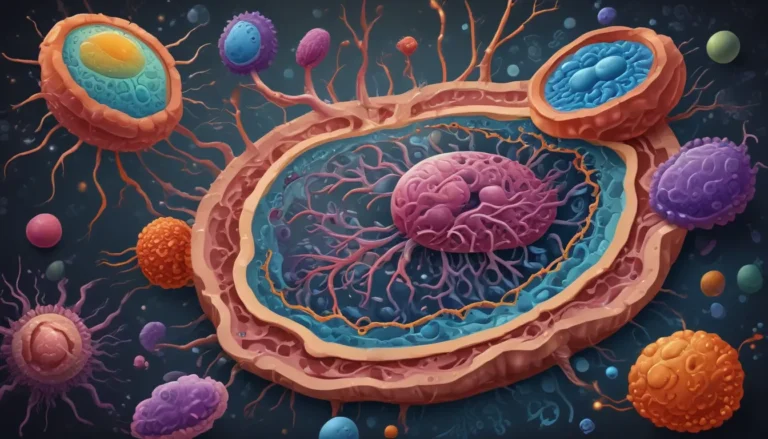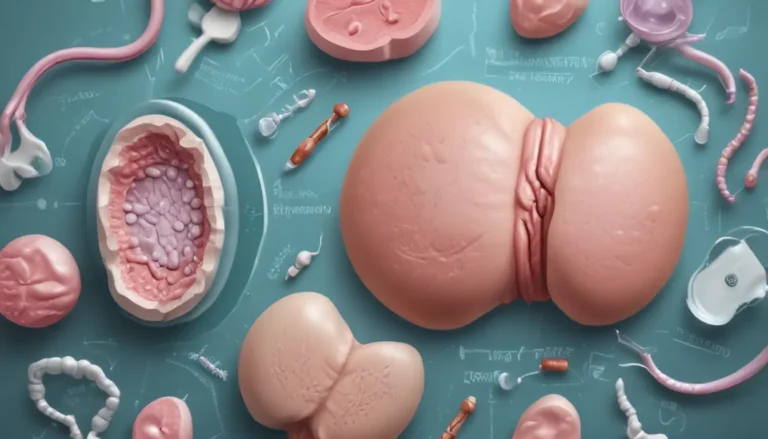A Note About Images: The images used in our articles are for illustration purposes only and may not exactly match the content. They are meant to engage readers, but the text should be relied upon for accurate information.
In the captivating realm of biology lies a phenomenon that continues to astonish scientists – transdifferentiation. This extraordinary process involves the conversion of specialized cells into different cell types, defying conventional beliefs about cellular development. With profound implications for regenerative medicine, transdifferentiation offers the potential to repair and replace damaged tissues and organs without the need for transplantation. Join us on a journey through the enthralling world of transdifferentiation as we unravel 11 fascinating facts that showcase the remarkable capabilities of our cells.
Understanding the Marvel of Transdifferentiation
Transdifferentiation stands as a remarkable biological process where a specialized cell undergoes a metamorphosis into a distinct cell type, challenging the notion of irreversible cell fate. This exceptional phenomenon paves the way for groundbreaking advancements in regenerative medicine and provides invaluable insights into the intricate mechanisms of cellular development.
Natural Occurrence of Transdifferentiation Across Organisms
Witnessed in a myriad of organisms, transdifferentiation occurs naturally in species ranging from amphibians to mammals. For instance, the ability of salamanders to regenerate lost limbs by converting muscle cells into bone cells exemplifies the tremendous potential of transdifferentiation in tissue repair and regeneration.
Unlocking the Therapeutic Applications of Transdifferentiation
The prospect of harnessing transdifferentiation for medical purposes holds great promise, offering a pathway to stimulate the regeneration of damaged tissues and organs. By inducing transdifferentiation in specific cell types, scientists can revolutionize approaches in regenerative medicine, paving the way for innovative treatments.
Unveiling the Role of Transdifferentiation in Cellular Reprogramming
Crucial to cellular reprogramming, transdifferentiation serves as a cornerstone for transforming adult cells into pluripotent cells capable of differentiating into any cell type. This pivotal process empowers researchers to convert differentiated cells into diverse cell types for research and therapeutic endeavors.
Exploring the Flexibility of Transdifferentiation Among Cell Types
While transdifferentiation traditionally involves the conversion of one cell type into another, it can also occur between closely related cell types. This inherent flexibility underscores the shared developmental potential among closely related cells, enabling them to be reprogrammed into each other.
Unraveling the Regulatory Mechanisms of Transdifferentiation
The intricate process of transdifferentiation is governed by a complex network of signaling pathways, encompassing growth factors, transcription factors, and epigenetic modifications. These factors modulate gene expression and guide cell fate determination, orchestrating the transformation process with precision.
Environmental Cues: Catalysts for Transdifferentiation
Environmental cues, including fluctuations in temperature, oxygen levels, and nutrient availability, can trigger transdifferentiation by serving as external signals that prompt cells to undergo transformation. This dynamic interplay underscores the plasticity of cells in response to their surroundings.
Shedding Light on the Implications of Transdifferentiation in Cancer Research
Critical to cancer research, understanding transdifferentiation processes illuminates the transformation of healthy cells into cancerous cells. By deciphering the underlying mechanisms, researchers can identify novel targets for cancer therapy and prevention, advancing the fight against cancer.
Artificial Induction of Transdifferentiation Through Genetic Manipulation
In laboratory settings, scientists can artificially induce transdifferentiation by manipulating specific genes or introducing factors that promote cell reprogramming. This approach yields valuable insights into the mechanisms governing cellular transformation, guiding the development of novel therapeutic strategies.
Navigating the Complexity of Transdifferentiation: a Dynamic Journey
Comprising intricate molecular and cellular changes, transdifferentiation entails alterations in gene expression patterns, chromatin remodeling, and modifications in cell morphology. The synchronization of various factors is essential to ensure the successful transition of one cell type into another.
A Thriving Landscape of Transdifferentiation Research
A global community of scientists is actively delving into the realm of transdifferentiation, unraveling its underlying mechanisms and exploring its potential applications. This relentless pursuit of knowledge expands our comprehension of cell biology and developmental processes, heralding transformative advances in tissue engineering and regenerative medicine.
Embracing the Promise of Transdifferentiation
In essence, transdifferentiation emerges as a profound biological process with vast implications across diverse fields, from regenerative medicine to cancer research. By enabling the transformation of cells from one type to another, transdifferentiation heralds a new era of tissue regeneration, offering invaluable insights into cellular development and disease progression. The ongoing discoveries in this realm continue to broaden our understanding of cellular plasticity, promising groundbreaking therapies that reimagine medical approaches.
Frequently Asked Questions About Transdifferentiation
Q: What is transdifferentiation?
A: Transdifferentiation is the process in which a specialized cell type undergoes a conversion to a different cell type, bypassing the need for pluripotent stem cells. It involves the reprogramming of gene expression to allow for the transformation of a mature cell into a different lineage.
Q: What is the significance of transdifferentiation?
A: Transdifferentiation has significant implications in regenerative medicine, as it holds the potential to replace damaged or diseased tissues without the ethical concerns associated with embryonic stem cell research. It also provides insights into the plasticity of cells and their capacity to change their fate, which has important implications in understanding various diseases.
Q: How is transdifferentiation induced?
A: Transdifferentiation can be induced through various methods, including the introduction of specific transcription factors or by modifying the cell’s microenvironment. These approaches can reprogram gene expression and override the cell’s developmental fate, leading to its conversion into a different cell type.
Q: Can transdifferentiation be used to treat diseases?
A: Yes, transdifferentiation shows promise in the treatment of various diseases. By converting a patient’s own cells into the desired cell type, it may be possible to create personalized therapies for conditions such as heart disease, diabetes, and neurodegenerative disorders. However, further research is needed to fully understand and refine these approaches.
Q: Are there any limitations to transdifferentiation?
A: While transdifferentiation holds great potential, there are still challenges to overcome. Efficient and reproducible methods for inducing transdifferentiation need to be developed, and safety concerns regarding the stability and functionality of the converted cells need to be addressed. Additionally, the scalability of these approaches for widespread clinical use remains a consideration.
Q: How does transdifferentiation differ from stem cell differentiation?
A: Transdifferentiation differs from stem cell differentiation in that it involves the direct conversion of one mature cell type into another, bypassing the pluripotent stage. Stem cell differentiation, on the other hand, starts with pluripotent stem cells that have the potential to differentiate into all cell types in the body.
Delve deeper into the mesmerizing realm of transdifferentiation and witness the awe-inspiring capabilities of cellular transformation. Embark on a journey of discovery, where each revelation unveils the limitless potential of our cells to redefine the boundaries of science. Join us in celebrating the wonders of transdifferentiation as we unravel the secrets of cellular metamorphosis and pave the way for a future of endless possibilities in regenerative medicine and beyond.






